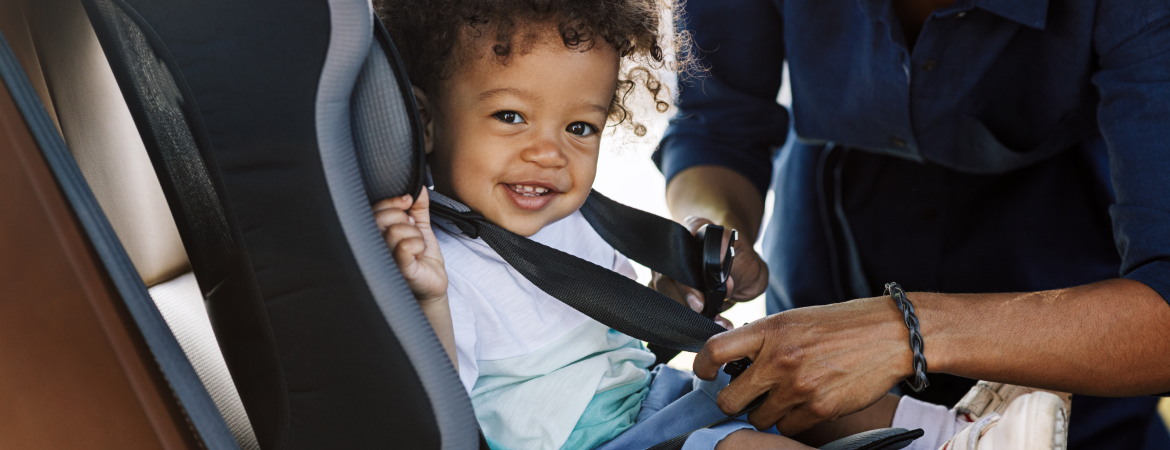
Car safety for kids
Precious cargo indeed – transporting your kids around in a car is fragile work. From that first trip from the hospital to home and every other car ride thereafter; you can never take your child’s car safety for granted.
Understanding these stages of your child’s development and ensuring that they stay safe in the car is the best way to vastly minimise their risk of injury.
Ages and stages of car safety
Infancy (0-12 months):
During the first year of life, babies are especially vulnerable because of their delicate body and still-developing neck muscles. To keep them safe:
- Always use a rear-facing car seat for babies in the back seat of the vehicle. This way, they get essential support at their head, neck and spine in case of a collision.
- Make sure the car seat is installed correctly following the manufacturer's instructions and securely fastened using the seat belt or LATCH system (Lower Anchors and Tethers for Children).
- Adjust the harness straps to fit snugly over the baby's shoulders, and secure the chest clip at armpit level to prevent slipping.
- Position the rear-facing car seat in the back seat of the vehicle, preferably in the centre position, away from airbags.
- Remove bulky clothing or blankets before securing the harness straps to ensure a proper fit.
- Steer clear of aftermarket products like car seat accessories or inserts, as they might disrupt the car seat's functionality and safety standards.
Toddlerhood (1-3 years):
As toddlers become more mobile and curious, their car safety needs evolve. Keep these considerations in mind:
- Continue to use a rear-facing car seat until your child reaches the maximum height or weight limit recommended by the car seat manufacturer, typically around two years of age or older.
- Once your child outgrows the rear-facing seat, transition to a forward-facing car seat with a five-point harness. Install the seat in the back seat of the vehicle and secure it tightly.
- Adjust the harness straps to fit snugly over your toddler's shoulders and secure the chest clip at armpit level.
- Ensure the car seat is installed correctly and anchored securely using the seat belt or LATCH system.
- Position the forward-facing car seat in the back seat of the vehicle, preferably in the centre position, to minimise the risk of side impact.
- Regularly check for recalls and updates related to the car seat model to ensure continued safety compliance.
Preschool age (4-7 years):
As your child grows, their safety needs differ slightly. Here's how to adapt:
- Stick with a forward-facing car seat equipped with a five-point harness until your child reaches the manufacturer's height or weight limits.
- Once they've outgrown the forward-facing seat, level up to a booster seat. These seats help position your child so they can use the vehicle's seat belt effectively.
- Make sure that the seat belt fits snugly across their chest and lap, with the shoulder belt crossing their chest and collarbone. The lap belt needs to sit snugly across their upper thighs.
- Encourage your little ones to ride in the back seat. It's the safest spot until they're tall and mature enough to use the seat belt without a booster seat.
- Show your child how to buckle up every time you hit the road. Teach them about traffic rules and be mindful of setting a good example. Your actions speak volumes and they're more likely to follow suit.
- Read up on your car’s safety features, from airbags to child locks, and use them wisely to ramp up overall safety on your journeys.
Good to know
Whether it’s a quick drive to the shop or a family road trip, you need to always ensure your child is buckled up and as safe as possible. Remember, an accident can happen in seconds. Stay safe!
Disclaimer
This article is for informational purposes only. Always check with your doctor or medical practitioner about any health concerns, before embarking on any fitness or nutrition programme, or using any medication.
